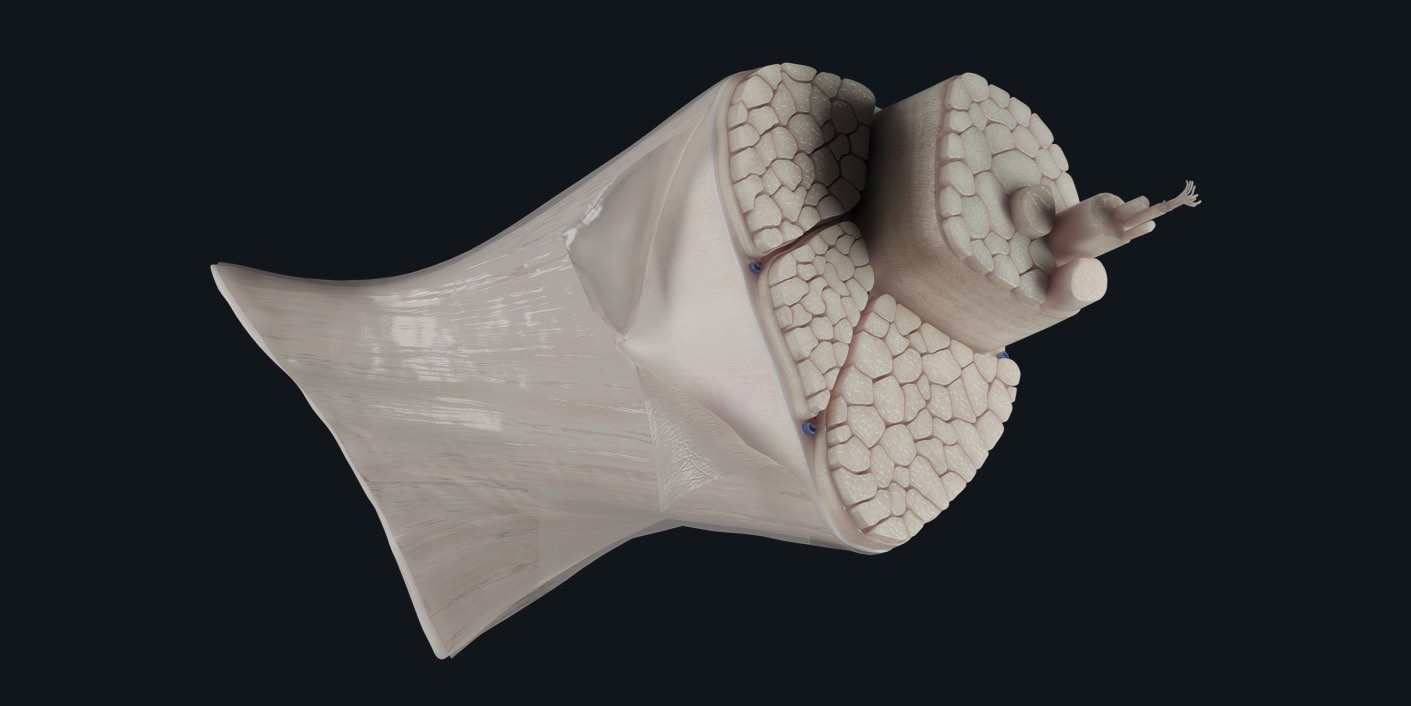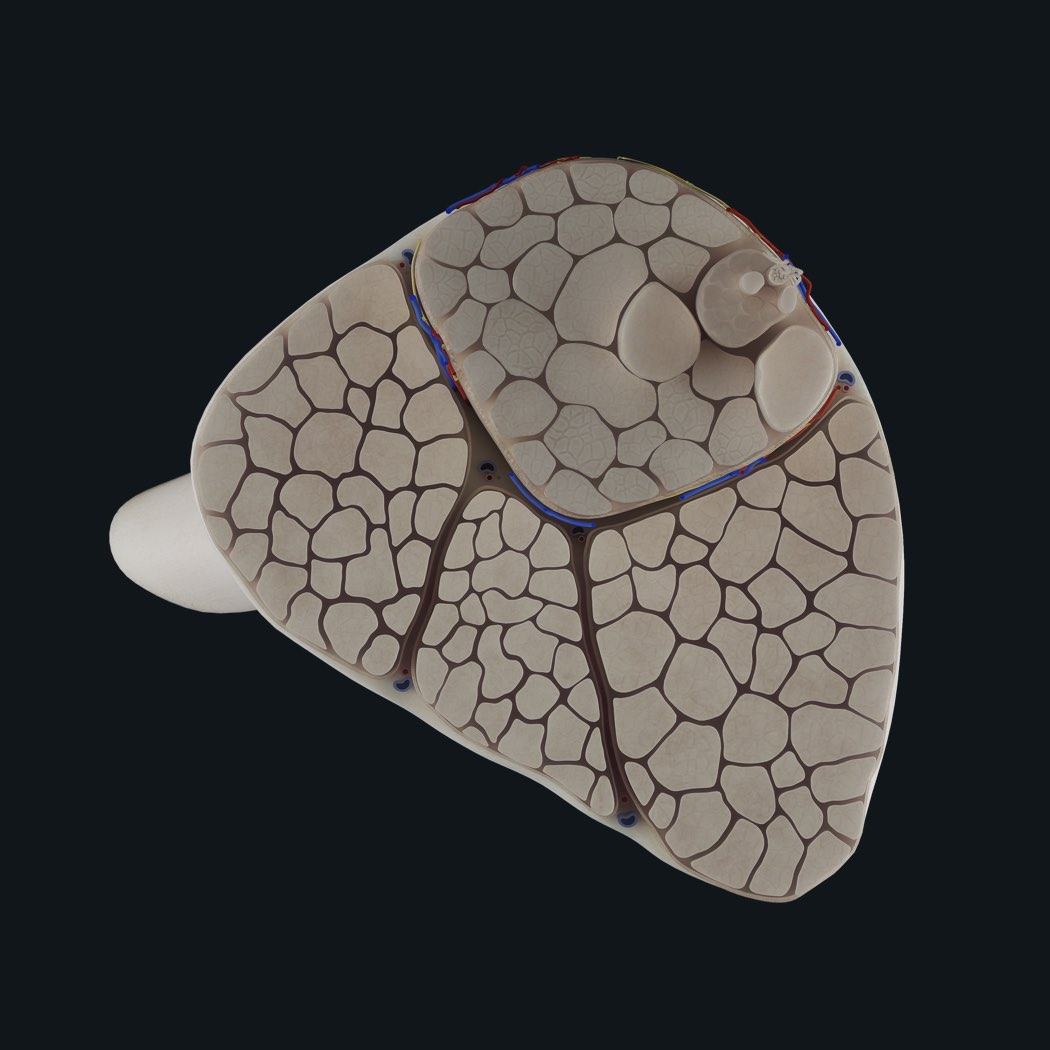
A tendon is a dense band of connective tissue which connects a muscle to a bone and transmits the force which the muscle exerts.
Tendons are made up of connective tissue known as collagen; this same tissue is found in ligaments and fascia. Tendons come in different shapes and sizes; the most recognizable shape is the long thin kind (such as the Achilles tendon), but they can also be flat and thin or very thick, depending on the shape of the muscle and attachment of the bone. A thin flat tendon is also known by the name ‘aponeurosis’.
Tendons are bound together in tight sheets so that when a muscle contracts, tension is created in the tendons and this will pull against the bone to cause movement.
Because the cells in the tendons are very compact and they have limited blood supply, they don’t require a lot of oxygen to thrive, and so anaerobic exercises such as resistance or strength training ?️ have been proven to be beneficial for the growth of tendons. However, because anaerobic exercises can be taxing to the body, a doctor’s approval and the aid of a certified fitness professional are important before adding these exercises to your routine.

A good combination of aerobic ?(cardiovascular conditioning) and anaerobic exercises, with regard to fitness goals, have a positive impact on tendons.
The American Heart Association recommends healthy adults get at least 30 minutes of moderate-intensity aerobic exercise ?♀️at least 5 days a week, or at least 25 minutes of vigorous aerobic activity ?♀️3 days a week. You can also add in strength training ?twice a week to round out your routine.
So remember to mix up your fitness sessions to keep those tendons healthy!
The Tendon is one of 15 microanatomy models available in Complete Anatomy. Learn the human body in detail like never before and try it yourself with a FREE 3-day trial.